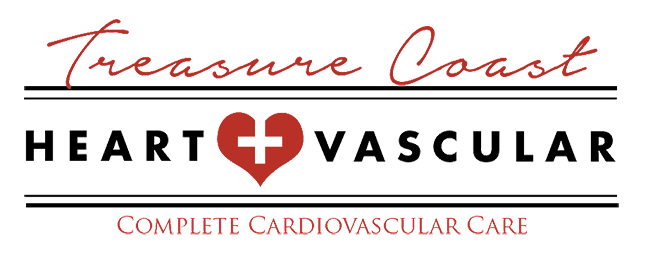Q: How does sclerotherapy help get rid of spider veins?
A: Spider veins are commonly treated with sclerotherapy. Prior to the procedure, you will have an initial consultation with our spider vein specialist to determine if you are an eligible candidate for sclerotherapy.
Sclerotherapy or injection therapy, is a minimally-invasive, vein therapy method for addressing spider and some larger veins. In most cases, a “sclerosant” solution is injected through a very fine needle directly into the vein. This is usually done with the use of a special vein light or with ultrasound guidance.
The lining of the vein is irritated causing it to swell and stick together. The blood clots and the vessel becomes a scar that fades from view over time. This type of clot is not dangerous and does not migrate into the larger veins of the body. The number of veins injected in one session varies, and depends on the size and location of the veins.
How does treatment feel?
You may experience mild discomfort and cramping for one to two minutes, especially when larger veins are injected. The procedure itself takes approximately 15 to maximum of 30 minutes.
Are there any contraindications?
The most common contraindications for sclerotherapy include pregnancy, breast feeding or severe immobility. Veins that are potentially usable for future surgical bypass procedures (i.e. use of the saphenous vein, a large vein in the leg used for coronary artery bypass graft surgery) will generally not be considered for sclerotherapy spider vein treatment.
Are there any post-procedure restrictions?
Post sclerotherapy, the restrictions are few. We ask that you avoid any strenuous, aerobic activity or heavy lifting for a few days after the procedure, up to 1 week. These activities can force the sclerosing medication out of the veins, making the treatment ineffective. Avoid sitting or standing for long periods of time. Do not soak the treated leg for 48 hours after the procedure to reduce the risk of infection.
It is also recommended to compress the areas with compression socks or ACE bandage.
How effective is sclerotherapy?
Studies have shown that as many as 80% of injected veins may be eliminated with each session of sclerotherapy. Less than 10% of the people who have sclerotherapy do not respond to the injections at all. In these instances, different solutions can be tried. In general, spider veins respond in three to six weeks, and larger veins respond in three to four months. If the veins respond to the treatment, they will not reappear.
However, new veins may appear at the same rate as before in certain cases. If needed, you may return for injections.
If it is determined that the cause of your spider veins is Venous Insufficiency, just injecting the veins will usually not make the problem go away. In that case, we recommend treating the underlying venous disease, which will in turn make any spider vein treatment more successful.
Don’t let the pain and appearance of spider or varicose veins keep you from enjoying life.
Come see our vein experts at TCH&V in Port St. Lucie. Call (772) 353-4700 to schedule a free vein screening today.
